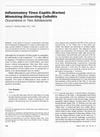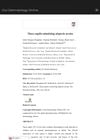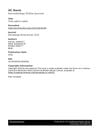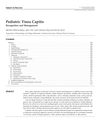Guidelines of Care for Superficial Mycotic Infections of the Skin: Tinea Capitis and Tinea Barbae
February 1996
in “
Journal of The American Academy of Dermatology
”
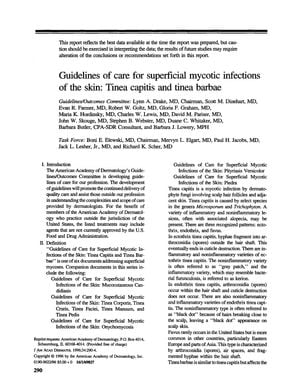
TLDR Treat scalp and beard fungal infections early with oral antifungal medication and sometimes topical therapy, avoiding unnecessary allergy tests and surgery.
The 1996 document provides guidelines for treating Tinea capitis, a fungal infection of the scalp, and Tinea barbae, which affects the beard area. Tinea capitis can lead to scarring and permanent hair loss if misdiagnosed, making early diagnosis and appropriate therapy crucial. Systemic antifungal therapy is necessary, with oral agents like griseofulvin, ketoconazole, fluconazole, itraconazole, and terbinafine recommended, while topical therapy may be used as an adjunct. Diagnostic criteria include history, physical examination, and laboratory tests such as KOH preparation and fungal culture. The guidelines advise against routine allergy testing and unnecessary surgical approaches, and they include follow-up treatment, monitoring for systemic therapy, and potential drug interactions. The document notes that following these guidelines does not guarantee successful treatment for every case, as the physician must tailor decisions to the individual patient's circumstances.
